Just how much do you know about American History? A quick survey has convinced me that a lot of people must have used that class to catch up on their sleep when they went to school. Well, I’d like everyone’s attention today because there will be a pop quiz later!
Today’s New Oldie is a parody of The Battle Of New Orleans, smash crossover hit for Johnny Horton in 1959. The song went to #1 on both the Country and Pop charts in Billboard and Cashbox. It even made it to #3 on the R&B charts, which is nearly unheard of for a Country song. The song was also a #1 hit in Sydney, Australia and in Canada on 1050 CHUM-AM in Toronto in May 1959.
This fun parody actually reached #16 in Canada a couple of months later. It was done by Mike Darow (his name was incorrectly printed with two R’s on this record’s label), who had just started working in 1959 as an air personality for CHUM Radio doing the afternoon (4:00pm to 7:00pm) shift. Garry Ferrier, a very creative copywriter and part-time air personality for the station, wrote the lyrics.
Here’s The Battle Of Queenston Heights by Mike Darrow And The CHUMs on Apex 76550 from 1959:
The Battle Of New Orleans was written and first performed by Jimmie Driftwood in 1957.
Jimmie Driftwood was born James Corbit Morris on 20 June 1907 in Timbo, Arkansas. He wrote over 6,000 folk songs, including The Battle Of New Orleans. Some people believe he wrote this song in 1936, but didn’t do anything with it until 21 years later.
Here’s the original version of The Battle Of New Orleans by Jimmie Driftwood on RCA 7534 from 1957:
The lyrics are based on an actual battle between American and British forces in an area known as the Louisiana Purchase. That was a huge piece of land that covered roughly one-third of what is now the continental United States. It extended from the Gulf of Mexico north to include small parts of two Canadian provinces, Alberta and Saskatchewan. It stretched between the Rocky Mountains to the west and the Mississippi River to the east, covering roughly 828,000 square miles (2.14 million square kilometers). President Thomas Jefferson secured the purchase in 1803 for around 78 million French francs, worth about 60 million dollars at that time. That’s about $233 million dollars in today’s money, which is less than half of what you could win in the big MegaMillions Powerball lottery today. The purchase doubled the size of the United States at the time and made citizens of the roughly 92 thousand people who lived in the territory at that time. Napoleon Bonaparte called it an affirmation of power for the United States that would ultimately create a maritime rival for England that would one day humble her pride.
On 18 June 1812, America declared war on the British Empire for the second time in her short history. The dispute was very complex and, if you’re interested, you can read all about it by clicking here. One of the issues involved the possibility that America would annex Canada. In 1813, the Americans actually took control of Lake Erie and seized parts of western Ontario in the process. They also stopped the British plan to form a confederacy with the native Americans to create an independent state for them under British sponsorship. The British won a few battles in the beginning, including the capture and burning of Washington D.C. in the Battle of Bladensburg in August 1814. But the Americans battled back with decisive victories in New York, Baltimore (the battle that inspired The Star Spangled Banner), and New Orleans.
When the War of 1812 ended on 18 February 1815, Americans were overcome with a sense of unity. They’d just defeated the British in what must have felt like a second Revolutionary War. Partisanship nearly vanished and the years that followed came to be known as the Era of Good Feelings (we could certainly use one of those today!). Canada also came away with a renewed sense of national pride and solidarity having successfully repelled the American invasions. The big losers were the British, but they considered the conflict more of a nuisance that paled in comparison to the much larger Napoleonic Wars raging in Europe at the time.
The Battle of New Orleans was fought about five miles south of New Orleans in a place called Chalmette Plantation. It was a decisive victory for the Americans that led to the withdrawal of British troops from Louisiana and the recall of the British fleet from America’s shores. Jimmie Driftwood’s song reflects the pride that Americans felt after that victory. The song refers to Major General Jackson who became President Andrew Jackson, and his nickname was Old Hickory. The British forces were led by Major General Sir Edward Pakenham.
The Battle of Queenston Heights was one of the first of the War of 1812, and a significant victory for Canada. Queenston is located just inside the Canadian border on the Niagara River just a few clicks north of Niagara Falls. This battle was fought on 13 October 1812, led for the Americans by Major General Stephen Van Rensselaer. The Canadian forces, aided by the British troops and Mohawk Indians, were led by Major General Issac Brock. When Brock was killed in battle, Major General Roger Sheaffe took his place. Again, if you’re interested, and you should be, you can read all about what happened by clicking here.
Johnny Horton was born John Gale Horton on 30 April 1925 in Los Angeles, and raised in Rusk, Texas. His life story is fascinating and you can read it by clicking here. He told people of his premonition of death, saying that he saw himself being killed in an accident by a driver who was intoxicated, which is exactly how he died on 5 November 1960. Johnny’s version of The Battle Of New Orleans was issued on Columbia 41339 in 1959:
The Battle Of New Orleans became a huge crossover hit in America, but radio stations in England were reluctant to play the song for obvious reasons. Johnny actually recorded a different version of the song with new lyrics by Chet Atkins that turned it around to come from the British soldier’s perspective.
Here’s the British version of The Battle Of New Orleans by Johnny Horton on Philips 932 from 1959:
The melody for this song was based on an old fiddle tune called The Eighth Of January, which is also the date the battle took place. Here’s Hank Williams doing that song:
I can’t leave this topic without playing this parody of the song by Homer And Jethro. I used to hear this song while away at Boy Scout camp when I was very young. These guys were brilliant comedians!
Here’s The Battle Of Kookamonga by Homer And Jethro on RCA 7585, also from 1959.
There are at least a dozen versions of this song playing on MusicMaster Oldies, and hundreds more with a military or war theme. So everybody at ease, please, and give it a listen. That’s an order, soldier!

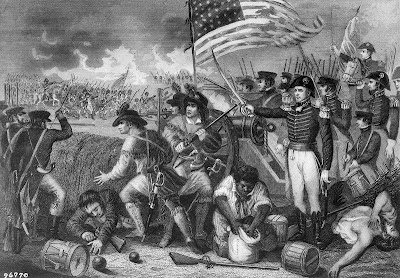
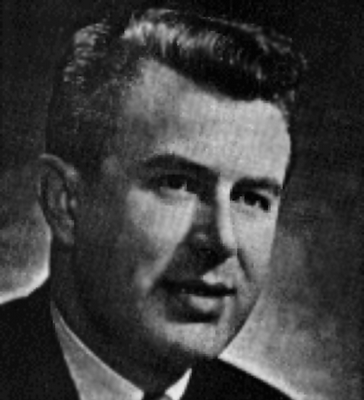
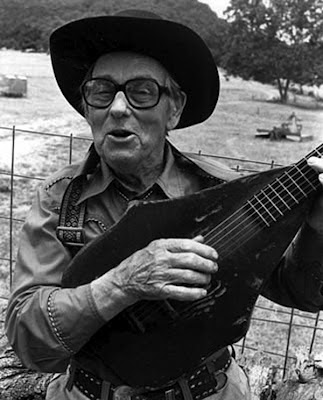
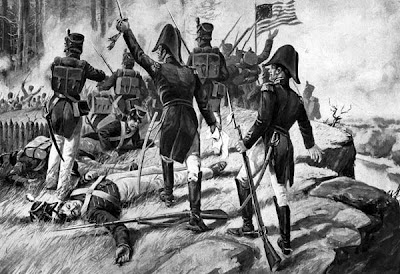
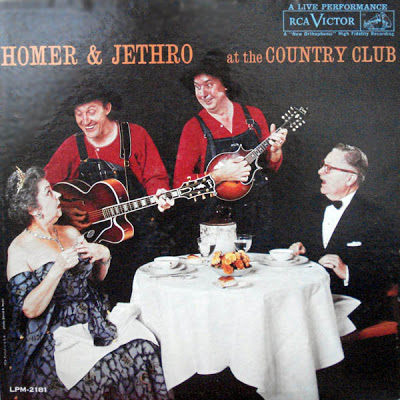
Correcting the story of the Battle Of New Orleans.
http://www.dickmorris.com/the-battle-of-new-orleans-reconsidered-history-video/?utm_source=dmreports&utm_medium=dmreports&utm_campaign=dmreports